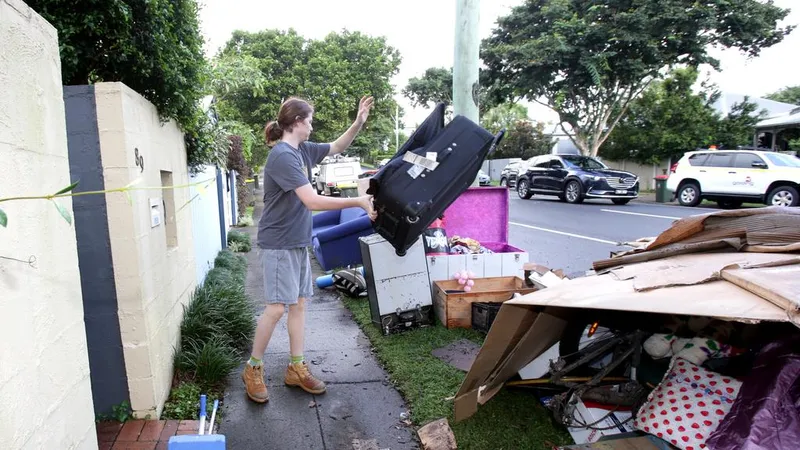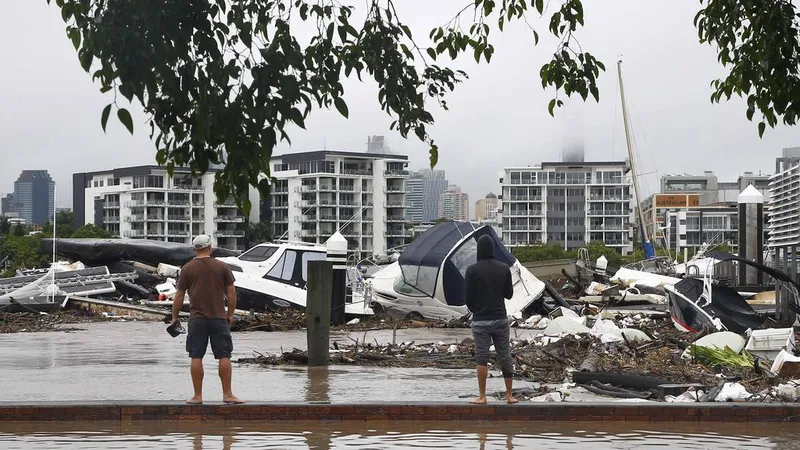
Buyers agents have weighed in on the impact on the booming Brisbane and Queensland property market after flood inundation of thousands of properties.
Lessons learned from the 2011 flood event are looming large over homebuyers and investors looking for a foothold in the Sunshine State, experts say, with 20 of the hardest hit riverside suburbs having outperformed the rest of Brisbane.
Investors were expected to see strong rental yield gains going forward too in Brisbane, given its already tight vacancy rate was expected to be hit harder when insurers look to relocate flood affected families into short term accommodation. Over 15,000 homes in Brisbane saw some waterlogging of yards, with Premier Annastacia Palaszczuk stating 1,430 had water “above the floorboards” on Sunday.
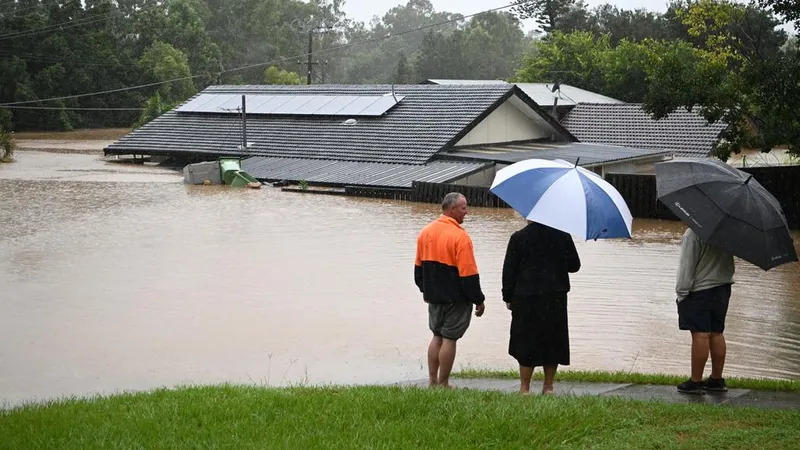
BuyersBuyers co-founder Pete Wargent said they expected disruption to open homes, but the enquiry levels from buyers had not dropped off because of floods.
“We did some research on the most flooded areas after 2011, and of the top 20 most impacted suburbs, 19 of them outperformed over the following five years,” he said. “So, most likely people will look through the short term impacts is my guess.”
RiskWise Property Research, which is now part of BuyersBuyers, showed suburbs impacted by the 2011 floods outperformed the rest of the market – some seeing housing prices rise as much as 52 per cent like Fig Tree Pocket.
Mr Wargent said in the short term, issues around safety, repairs and insurance would be the main focus.
“In flood areas there will be a short term impact. Rest of the city will be back to normal fairly quickly. Maybe even a bit of a supply crunch for rentals in the short term,” Mr Wargent said.
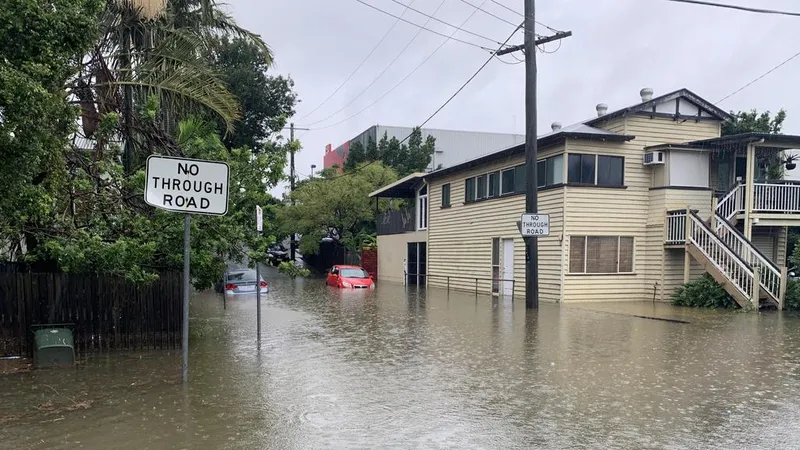
Cohen Handler agent Jordan Navybox said there had been no drop in investor enquiries for Brisbane.
“All of our clients this morning are still very interested to buy in Brisbane,” he said. “As we always have and will continue to do, where possible, we avoid properties in areas impacted by floods.”
“Brisbane City Council has got quite a good tool to search which properties are affected more than others. Obviously it’s very sad what’s happened to a lot of people. The effect on the property market will be seen in the coming months.”
Mr Navybox said there was some concern over rebuilding impacts given the building industry was already under a lot of strain.
“Once insurance companies get through all the claims that will be made in the next two weeks, it will be interesting to see how quickly a lot of this remedial work can done.”
“In the short term, Brisbane is already in a housing shortage. Now we’ve got to relocate any flood affected victims and where are they going stay? Fortunately a lot are having their rent paid by insurance companies but regardless they have got to find accommodation and that will put pressure on the property market. I believe we will see rents increase due to this which is what investors look at.”
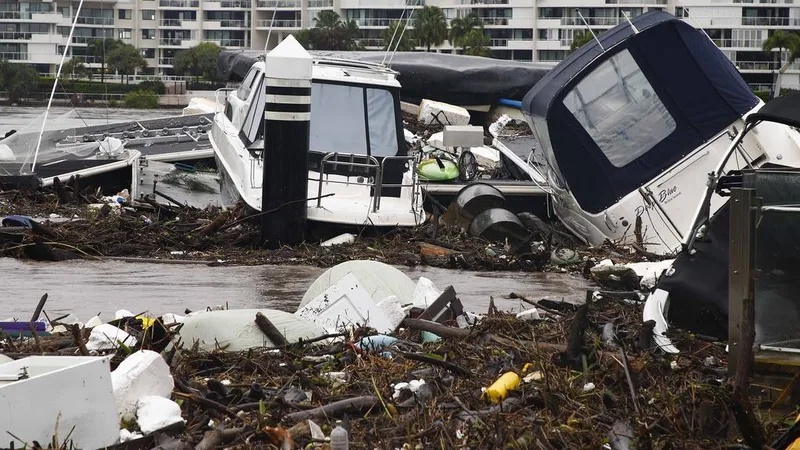
In terms of turning away buyers from flooded suburbs, Mr Navybox said it would probably push those who were sitting on the fence towards a decision.
“If anyone was cautious about buying in a flood zone or not last week, they definitely will not now. If someone was looking at a flood map last week, this morning I can nearly guarantee they won’t be buying that property. I don’t believe that turns them away from Brisbane though as there’s still opportunities to purchase non-affected properties.”
He suggested buyers look at the Brisbane City Council flood maps when making decisions.
“It’s incredibly sad to see how many people have been affected,” he said, however the main thing is this is something that Queenslanders are prepared for and used to and the Brisbane City Council has done a great job making people aware of the risks with mapping.”
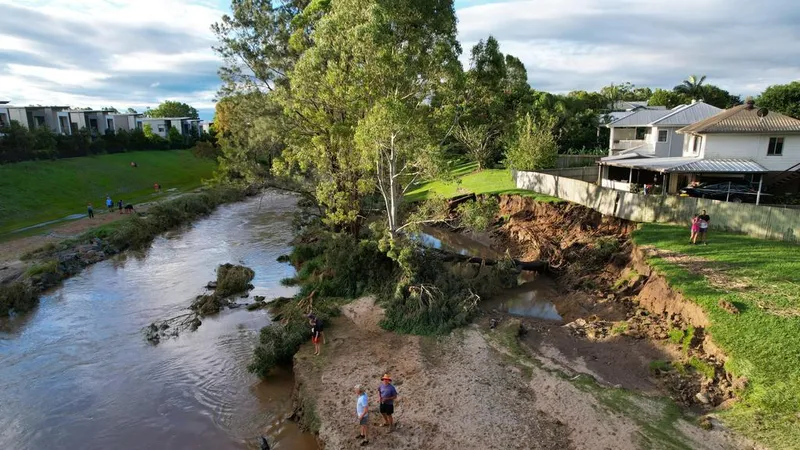
Nicola McDougall, Chair of Property Investment Professionals of Australia, said many of the suburbs affected 11 years ago had been inundated this time around as well but predicting what could happen this time was challenging.
“After the 2011 flood we saw a period of inaction from investors in those suburbs most effected by the flood. Industry sources noted that even elevated, flood-free homes within flood effected suburbs saw their value soften straight after the event. Those homes that were directly impacted by rising waters saw their values soften. The degree of discount was directly related to the level of inundation – particularly in relation to their living space. Some investors even felt there were ‘bargains’ to be found in these suburbs straight after the floods, however most needed substantial rectification work. Prices did begin to rebound around 12 months later.”
